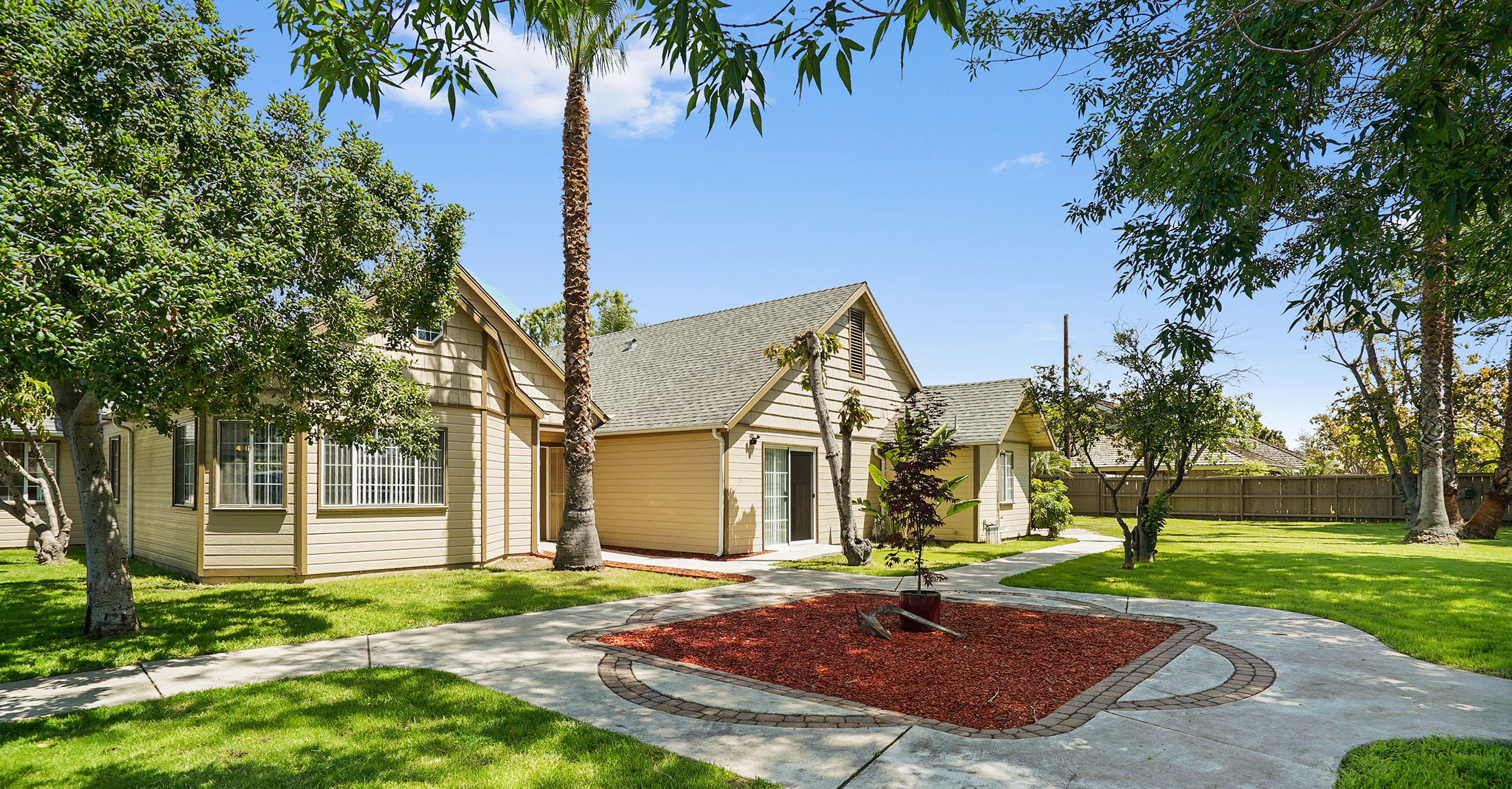

Provide test line capacity and test and group operating line pressures. Field Headers – Outline the proration test procedure and purge time for wells producing to field headers.Common Flow Lines – Outline the proration test procedure and purge time for wells on common flow lines.Load Fluid Recovery – Outline the method used to determine well production rates during load fluid recovery.Valid Test Criteria – Provide the criteria for accepting or rejecting proration tests.Sediments and Water (S&W) Procedures – Outline the frequency and method of determining the water cut of proration test production.Trucking – Outline the method(s) of measuring, sampling, and recording production moved by truck to or from the facilities associated with the scheme.Gauging – Outline the method of gauging tanks/storage ponds/vessels and the frequency of calibrating applicable gauging devices.Calibration and Proving – For each measurement device used for accounting and Saskatchewan Ministry of Energy and Resources (MER) reporting purposes, outline the frequency and method of calibration, checking, or proving.Boundaries of applicable production facilities, such as batteries and injection facilities, that report to Petrinex, with the appropriate facility subtype codes.Ĭurrent or proposed operating procedures:.If electronic flow measurement (EFM) is used, indicate where measurement devices are configured with EFM.Provide a table showing maximum uncertainty of measurement devices.meters, gauges, product analyzers), measurement points, and reporting facility ID.)įuel lines, flare lines, recycle lines, skim lines, gas-lift lines, solventĮmulsion, condensate, and water tanks/storage ponds/vessels, with theĭevices (e.g. water) and the destination of the fluids (e.g. Points, whether by truck or pipeline indicate what fluids will be disposed gas,Ĭondensate, etc.), the source of the fluids if known (e.g. Whether by truck or pipeline indicate what fluids will be received (e.g. Injection and disposal wells, water source wells, and observation wells. With the project, indicating how each well will tie into the surfaceįacilities include and identify crude oil wells, steam/solvent/ gas/water
#Marp residential rehab license

General project/process description and location.Project name and number (if existing project).
#Marp residential rehab full
Full company name and Business Associate Identifier (BA ID).DirectiveĠ42 lays out the requirements of the MARP to ensure companies have a head startīelow is an outline of the requirements for a MARP document: General project outline The process of developing a MARPĬan take multiple months to build and will take multiple stakeholder groups toĮnsure its contents are accurate and meet Directive 017 requirements. Within Alberta, it is required to have this approval prior to a Directive 056 licensing application submission, while within Saskatchewan it is required to have this approval prior to injecting or production of a thermal heavy oil project.Ĭompany to understand the facilities set up, operating procedures, processįlows, and accounting / reporting practices. What is a MARP you ask? Well within Alberta and Saskatchewan there is an overarching requirement that if a producer wants to build a thermal bitumen scheme (Alberta) or thermal heavy oil recovery scheme (Saskatchewan) it is compulsory to have an approved Directive 042 Measurement, Accounting, and Reporting Plan (MARP) approval in place. May what a little heads up as it concerns a little document that isn’t so

Scratch or committing to the ownership of one of these thermal facilities you Newer and are thinking about embarking on the task of either building from Now and those companies know the ins and outs of what is required prior toīuilding these facilities or making changes to the current scheme.

And Saskatchewan have been building thermal oil production schemes for a while


 0 kommentar(er)
0 kommentar(er)
